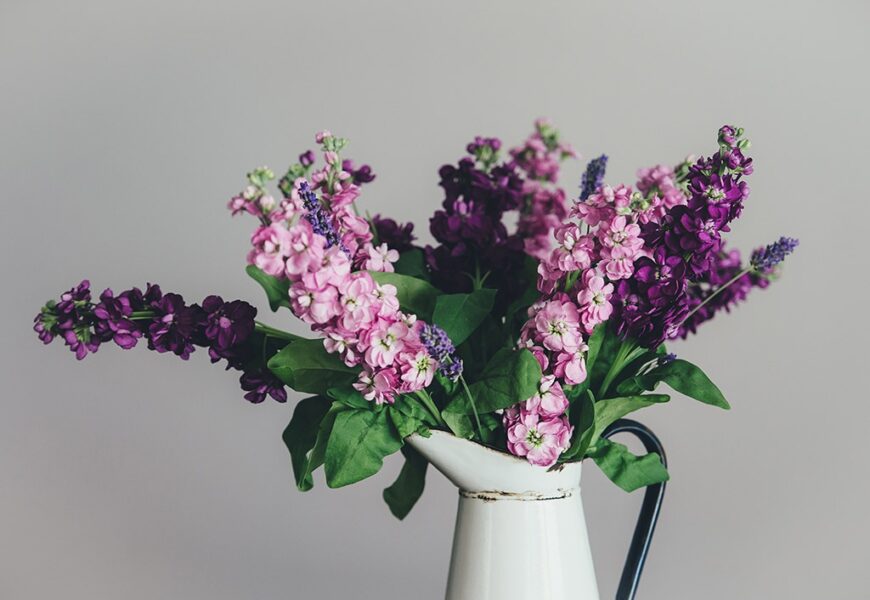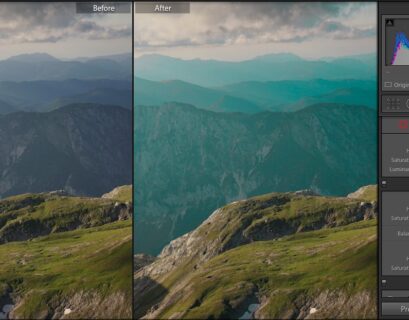Photographing flowers and still life is an art that requires patience, attention to detail, and a keen eye for composition. Whether you’re a seasoned photographer or a beginner, capturing the beauty of flowers and still life can be a rewarding and creative experience. In this article, we’ll explore the best ways to take stunning photos of flowers and still life, providing you with the skills and techniques to elevate your photography game.
Understanding the Basics
Before we dive into the specifics of photographing flowers and still life, it’s essential to understand the basics of photography. Mastering the fundamentals of exposure, aperture, and shutter speed will help you create high-quality images that showcase the beauty of your subject.
- Exposure: Exposure refers to the amount of light that enters the camera. A well-exposed image has the right balance of light and darkness. You can adjust exposure by adjusting the aperture, shutter speed, or ISO.
- Aperture: Aperture refers to the size of the camera’s aperture, which controls the amount of light that enters the camera. A larger aperture (smaller f-stop number) allows more light in, while a smaller aperture (larger f-stop number) allows less light in.
- Shutter Speed: Shutter speed refers to the length of time the camera’s shutter is open. Faster shutter speeds (1/1000th of a second or faster) are ideal for capturing sharp images of moving subjects, while slower shutter speeds (1/30th of a second or slower) can create a sense of motion or blur.
Photographing Flowers
Photographing flowers requires a delicate balance of composition, lighting, and technique. Here are some tips to help you capture stunning flower photos:
- Composition: Pay attention to the composition of your image. Consider the rule of thirds, leading lines, and framing to create visually appealing images.
- Lighting: Natural light is ideal for photographing flowers. Shoot near a window or outside during the golden hour (the hour just before sunset) for soft, warm light.
- Focus: Use a macro lens or a close-up lens to capture the intricate details of the flower. Focus on the center of the flower, and adjust the aperture to ensure a shallow depth of field, blurring the background.
- Angles: Experiment with different angles to add visual interest to your images. Try shooting from above, at eye level, or from a low angle to create a sense of drama.
- Post-processing: Edit your images to enhance the colors, contrast, and exposure. Adjust the white balance to compensate for any color casts.
Photographing Still Life
Photographing still life requires a different set of skills and techniques. Here are some tips to help you capture stunning still life images:
- Composition: Pay attention to the composition of your image. Consider the rule of thirds, leading lines, and framing to create visually appealing images.
- Lighting: Natural light is ideal for photographing still life. Shoot near a window or outside during the golden hour for soft, warm light.
- Props: Add props to your still life setup to add context and interest to your images. Choose props that complement the subject and create a cohesive look.
- Angles: Experiment with different angles to add visual interest to your images. Try shooting from above, at eye level, or from a low angle to create a sense of drama.
- Post-processing: Edit your images to enhance the colors, contrast, and exposure. Adjust the white balance to compensate for any color casts.
Additional Tips and Tricks
Here are some additional tips and tricks to help you improve your photography skills:
- Experiment with different lenses: Try using different lenses, such as a macro lens or a wide-angle lens, to add variety to your images.
- Play with depth of field: Adjust the aperture to create a shallow depth of field, blurring the background and emphasizing the subject.
- Pay attention to texture: Pay attention to the texture of your subject and experiment with different angles and lighting to capture its unique characteristics.
- Practice, practice, practice: The more you practice, the better you’ll become at capturing stunning images of flowers and still life.
Conclusion
Photographing flowers and still life requires patience, attention to detail, and a keen eye for composition. By mastering the basics of photography and experimenting with different techniques, you can create stunning images that showcase the beauty of your subject. Remember to experiment with different lenses, angles, and lighting to add variety to your images. With practice and patience, you’ll become a master of capturing the beauty of flowers and still life.










